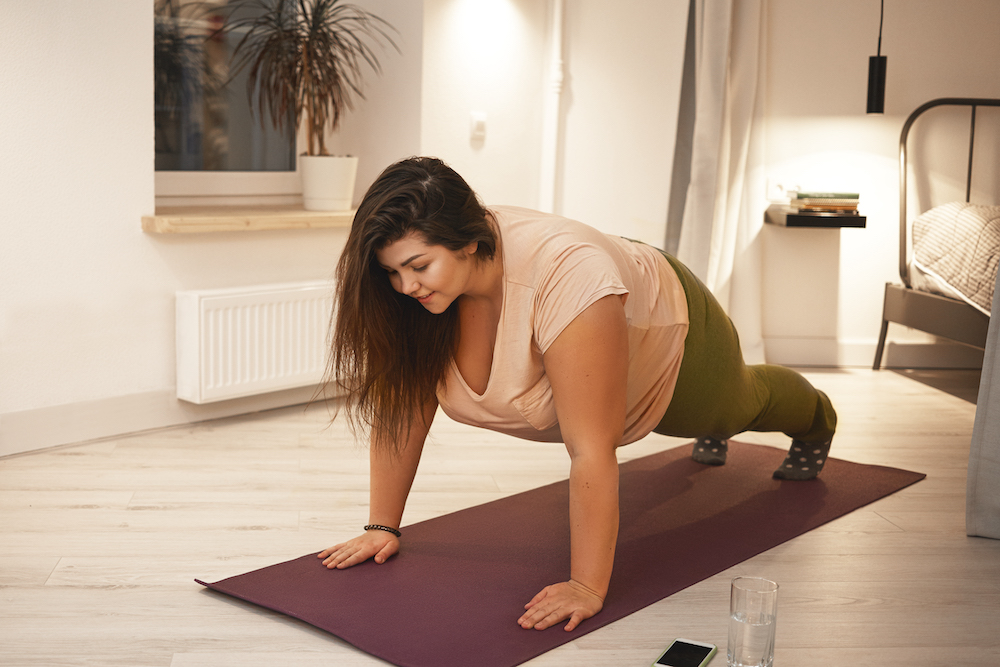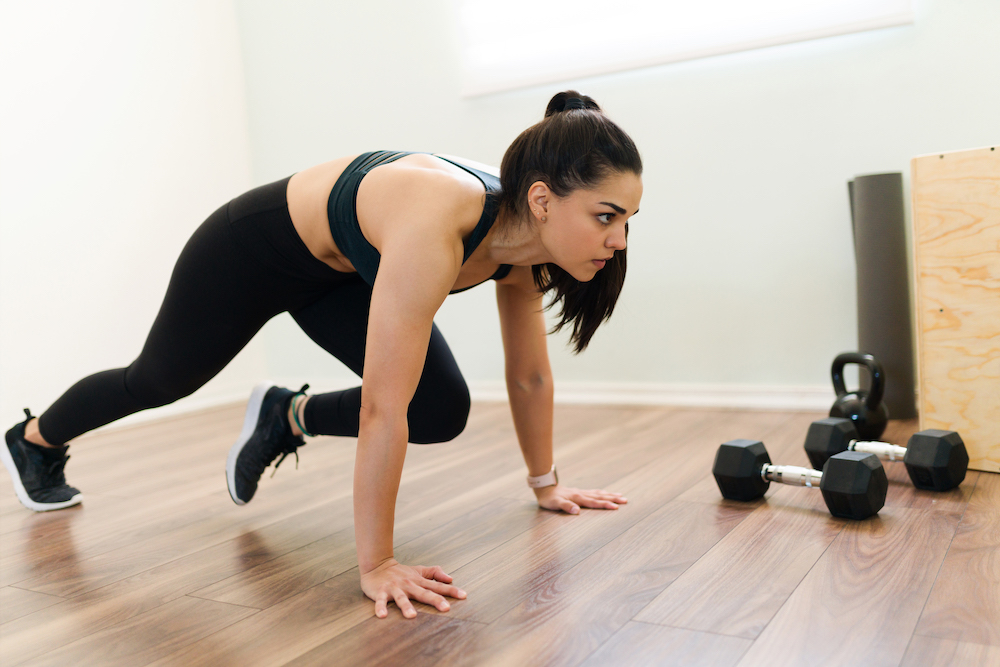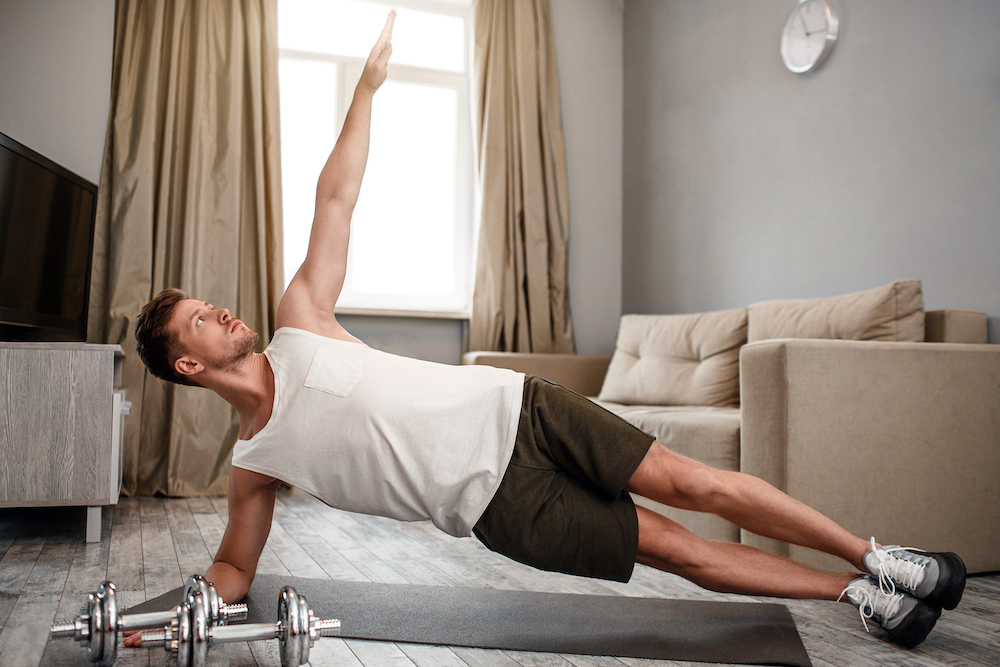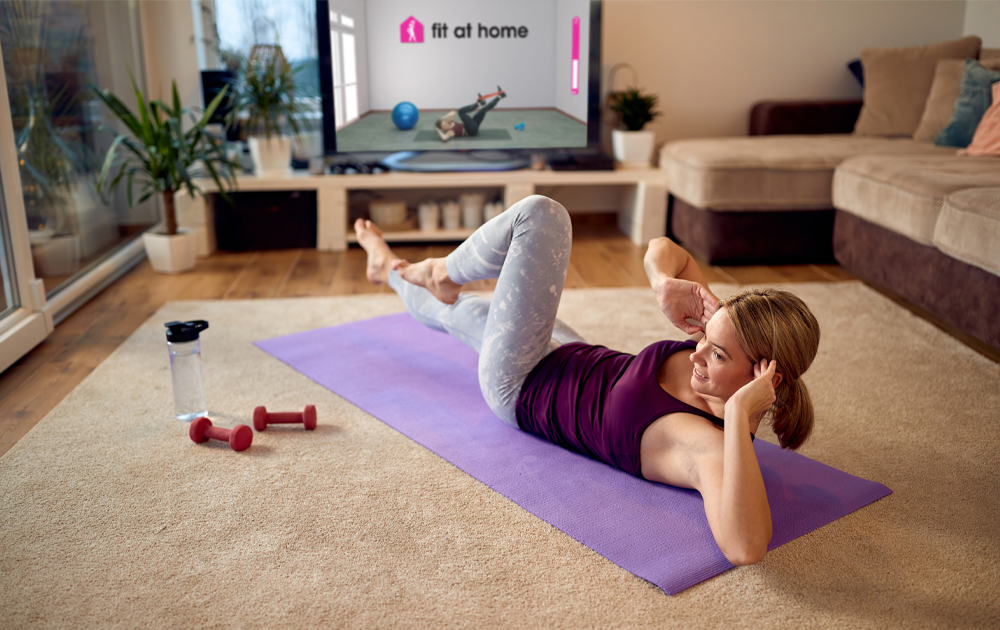Dreaming of well-defined abs that turn heads? It’s time to turn that dream into reality! Achieving a chiseled midsection requires more than just crunches. In this comprehensive guide, we’ll delve into the workout regimen that can help you unlock your abdominal potential and reveal those sought-after abs.
Your abdominal muscles
Before diving into the workout routine, let’s understand the abdominal muscles better. The rectus abdominis (the “six-pack” muscles) and the obliques (located on the sides) work in harmony to create the desired definition. A balanced approach targeting all these muscles is key to a well-rounded core.
The abdominal muscles, are a group of muscles located in the front of your torso. They play a crucial role in stabilizing your core, maintaining posture, and assisting in various movements involving the trunk and pelvis. Here are the main abdominal muscles:
- Rectus abdominis: This is the muscle group commonly known as the “six-pack.” It runs vertically down the front of your abdomen and is responsible for flexing the spine, such as during crunches.
- External obliques: These muscles are located on the sides of your abdomen, running diagonally from your ribs to your hips. They allow you to bend to the side, twist your torso, and assist in flexing the spine.
- Internal obliques: These muscles lie beneath the external obliques, running in the opposite diagonal direction. They work together with the external obliques to support twisting and bending movements.
- Transverse abdominis: This deep muscle layer wraps around your torso like a corset. It’s responsible for stabilizing the spine and pelvis, providing core support, and assisting with breathing.
Engaging and strengthening these abdominal muscles through targeted exercises can lead to improved core stability, posture, and even the appearance of well-defined abs. However, it’s important to remember that achieving visible abs also requires a balanced diet and overall body fat reduction, as your abdominal muscles need to be uncovered for their definition to show.
Try this ab workout!
This workout is easy to perform at home and you don’t need fancy equipment. When your performing these ab exercises it is really important to squeeze your abs and focus on your breathing.
Plank
- Begin with planks to engage your core muscles effectively.
- Start with a 20-30 second hold and gradually increase the time as you build strength.


Crunch variations
- Basic crunches, bicycle crunches, and reverse crunches target the rectus abdominis and obliques.
- Aim for 3 sets of 15-20 reps for each variation.
Leg raises
- Leg raises strengthen the lower abdominal muscles.
- Perform 3 sets of 10-15 reps.


Mountain climber
- This dynamic exercise elevates your heart rate while engaging your core.
- Incorporate them into high-intensity interval training (HIIT) for an added burn.
Side plank
- Target the obliques by holding a side plank position on each side for 20-30 seconds.
- Gradually increase the duration as your stability improves.

Focus on this:
When you train your abs, it’s important to focus on a balanced approach that targets all the different muscles within the abdominal region. This includes not only the visible “six-pack” muscles but also the deeper muscles that contribute to core stability. Here’s where your focus should be when training your abs:
- Rectus abdominis (six-pack muscles): To target the rectus abdominis, focus on exercises that involve flexing your spine. Common exercises include crunches, sit-ups, leg raises, and hanging knee raises. These movements contract the rectus abdominis and help develop the visible abdominal definition often referred to as the “six-pack.”
- External and internal obliques (side muscles): To target the obliques, which are responsible for side bending and twisting motions, include exercises that involve lateral flexion and rotation of the torso. Side crunches, Russian twists, and bicycle crunches are effective in engaging both the external and internal obliques.
- Transverse abdominis (deep core muscle): The transverse abdominis provides stability to the spine and acts like a natural weightlifting belt. Engage this muscle by practicing exercises that involve bracing your core, such as planks, bird-dogs, and the vacuum exercise (sucking in your belly while breathing).
- Core stabilization: Many compound exercises that involve lifting weights or performing bodyweight movements also engage the core muscles. Focus on maintaining proper posture and engaging your core during exercises like squats, deadlifts, push-ups, and overhead presses.
- Functional movements: Incorporate functional movements that mimic daily activities, as these engage your core in a practical way. Activities like lifting, twisting, reaching, and carrying engage the core muscles while enhancing overall functionality.
- Progressive overload: As with any muscle group, progressive overload is essential for growth and strength development. Gradually increase the intensity of your ab exercises by adding resistance, increasing reps, or trying more advanced variations.
Remember that variety is key. Instead of solely focusing on one type of exercise, aim to incorporate a mix of exercises that target different aspects of your abdominal muscles. Additionally, it’s important to maintain proper form to prevent injury and ensure effective muscle engagement. Always prioritize quality over quantity and listen to your body as you work on developing your abs.
Food for those abs
Building visible abs isn’t just about rigorous workouts; it’s also about what you put on your plate. Your diet plays a crucial role in revealing those coveted abdominal muscles. In this guide, we’ll explore the foods that can help you achieve the abs you’ve always dreamed of.
- Lean protein: Protein is essential for muscle repair and growth. Opt for lean sources like chicken, turkey, fish, tofu, and legumes. Aim for a balanced intake with each meal.
- Complex carbohydrates: Carbs provide the energy you need to power through workouts. Choose complex carbs like whole grains, quinoa, sweet potatoes, and brown rice. These also help maintain steady blood sugar levels.
- Healthy fats: Don’t shy away from fats; just opt for the healthy ones. Avocado, nuts, seeds, and olive oil contain essential fatty acids that support overall health.
- Fiber-rich foods: Foods high in fiber keep you feeling full and aid digestion. Load up on fruits, vegetables, and whole grains to maintain a healthy gut.
Hydration and lifestyle
Staying hydrated is crucial for overall health and aiding digestion. Drink plenty of water throughout the day to support your fitness journey. Also, make sure to get enough sleep, manage stress, and avoid excessive alcohol consumption.

Abdominal & Fit
At Fit at Home you can work on your abs with the Abdominal & Fit workouts. With this workout you strengthen your core and tone the abdominals. It’s the perfect workout to squeeze into your busy day.
Besides working on your abs, you can achieve a lot of your goals with Fit at Home. Think about improving your balance with Pilates, staying fit during your pregnancy, let your kids exercise more often with our workouts etc. We have over 500 workouts for the whole family. For these workouts you don’t need any equipment.
Your NUMBER ONE fitness app available on:

Other workouts to create abs
To effectively develop and reveal your abdominal muscles, it’s important to engage in a combination of workouts that target different parts of your core. Here’s a breakdown of the types of workouts that will help you get abs:
-> Compound strength training
-> Isolation exercises
-> HIIT (High-Intensity Interval Training)
-> Cardiovascular exercises
-> Pilates
-> Yoga
-> Resistance band workouts

Transform your TV into your personal gym!
The benefits of strong abs
Having strong abdominal muscles (abs) offers numerous benefits that extend beyond just a toned appearance. Here are some of the key advantages of having a strong core:
- Improved posture: Strong abs help support your spine and maintain proper alignment of your upper body. This leads to better posture and reduces the risk of slouching or hunching over.
- Enhanced stability: A strong core provides stability to your entire body, making it easier to maintain balance during various activities, such as walking, running, and even standing on one leg.
- Reduced risk of back pain: Strong abs provide support to your lower back by stabilizing your spine. This can help alleviate or prevent lower back pain and discomfort, which is common in people with weak core muscles.
- Enhanced athletic performance: A strong core improves your body’s ability to generate power and transfer force efficiently. This is essential for sports and activities that require quick movements, agility, and strength.
- Better functional strength: Core muscles are engaged in most daily activities, from lifting groceries to picking up your kids. A strong core enhances your ability to perform these activities with ease and reduced risk of injury.
- Improved breathing and digestion: The diaphragm, a key muscle involved in breathing, is connected to the core muscles. A strong core can help support proper breathing mechanics. Additionally, strong abs can aid digestion by promoting healthy movement of the digestive tract.
- Reduced risk of injuries: When your core is strong, it acts as a natural stabilizer, protecting your spine and other joints during movements and impacts, thus reducing the risk of injuries.
- Better balance and coordination: Strong abs contribute to better balance and coordination by helping you control your movements and adjust your body’s positioning as needed.
- Enhanced body awareness: Developing a strong core requires a high degree of body awareness and control. This awareness can carry over into other aspects of your fitness routine and daily life.
- Functional longevity: As you age, maintaining a strong core becomes even more important. It can help you maintain your independence and quality of life as you perform day-to-day activities with ease.
Remember that working on your abs isn’t just about aesthetics; it’s about overall health and well-being. Incorporating a variety of core-strengthening exercises into your routine, along with a balanced diet and proper hydration, can help you enjoy these benefits and lead a more active and fulfilling life.